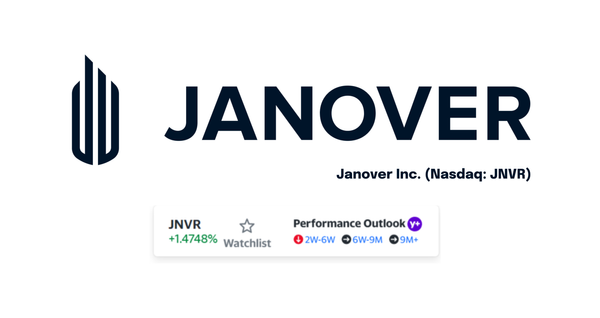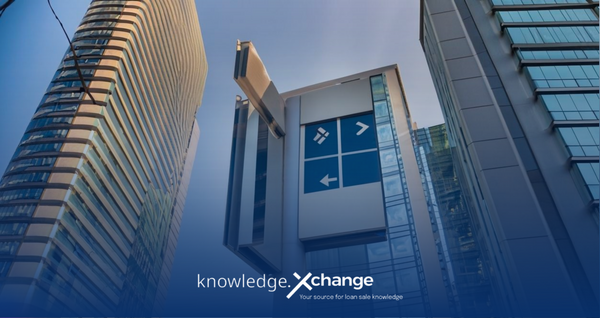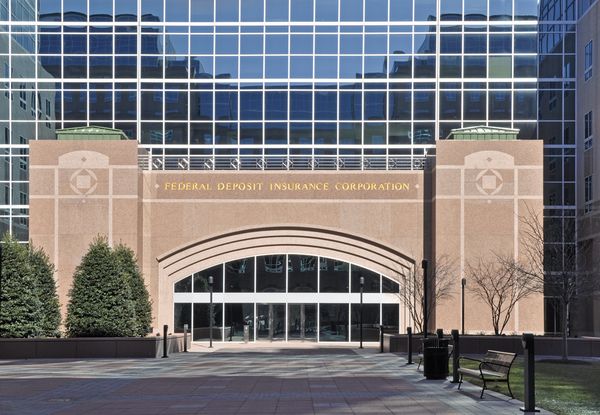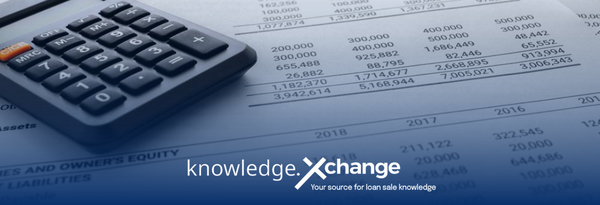In a Bank M&A? Adding Value with Distressed CRE Loans is Easier than You Think

So your bank is being acquired. Many special servicing departments cringe at M&A announcements because they know that the next step will involve spending a lot of time, trouble and treasure to clear the books of distressed commercial real estate (CRE) loans. But there is good news: the loan sale process has gotten easier, so getting ready for M&A can be less painful than in the past.
Bank mergers and acquisitions continued at a steady pace during 2021 as institutions looked for the competitive advantage of scale. As consolidation continues, any bank that is a potential acquisition target should take a hard look at its non-performing commercial real estate loans (CRE NPLs)—and sell them—before the deal wheels spin into motion.
In particular, if you’re a midcap or community bank with assets of less than $10 billion, CRE loans likely comprise the bulk of your portfolio. That means CRE loans may also comprise the bulk of your NPL portfolio, too. When the opportunity to be acquired arises, those loans become a liability.
In fact, a weak balance sheet can itself make your institution an acquisition target. Removing distressed CRE loans from your balance sheet is one of the best ways to remain independent—or to help you prepare for a potential acquisition.
Why you need to act now
Distressed CRE loans on your balance sheet will be obvious to a prospective acquirer in the due diligence process. Acquirers do not want to manage distressed debt and will likely discount your CRE NPL value by as much as 80% of UPB. Or, an acquirer may walk away from the transaction altogether.
Acquirers and targets may not agree on the value of distressed loans, as each party may use a different methodology for calculating loan losses. An acquirer’s methodology may show a higher loss value than the target’s methodology does. If the buyer adjusts the loan loss reserve upward, the acquisition price is typically adjusted downward on a dollar-for-dollar basis. That discount can be significant, depending on the state of your balance sheet.
Once an acquirer decides to pursue an acquisition, the due diligence period could begin very quickly. Time is of the essence. At that point, it’s probably too late to try to clear your troubled loans list with workouts and modifications. Getting the best value for your institution means getting distressed loans off your books before an M&A deal is on the horizon. Often, the best way to clean up the balance sheet is by selling your distressed CRE loans.
How one bank target improved its balance sheet quickly
When a community bank in the Southeast was being acquired by a credit union, it had a number of problematic non-performing CRE loans on the books. We were charged with helping the bank sell loans secured by five completely different assets: drag-racing strip and monster-truck mud track entertainment center, an out-of-state unflagged hotel, a retail strip center, a gas station with a recognized environmental condition, and a mobile home park in not so great condition.
This mixed-bag of NPL assets would have been a challenge for any bank to sell. However, we were able to identify a pool of qualified potential buyers and sell the loans quickly–thus boosting the bank’s value in the eyes of the credit union acquirer. Also important, we didn’t hold a fire sale for the loans, instead we were able to maximize the recoverable cash for the bank by honing in on the most motivated and qualified buyers.
Don’t wait until due diligence to sell your CRE NPLs
Many banks will feel continued pressure to consolidate or avoid being consolidated. A recent McKinsey report forecasts more combinations in the near future for midcap and smaller banks—those with assets totaling between $10 billion and $100 billion. Similarly, an American Banker/Arizent survey of financial institutions found that one in four expects to acquire or be acquired by a competitor in the next year, as the pandemic fueled consolidation with smaller players and rivals. Regional banks are the most likely to engage in M&A in 2022.
If your institution wants to be acquired, or is an unwilling potential acquisition target, the best thing you can do for your investors is get your distressed CRE loans off the balance sheet. With an online marketplace platform like Xchange.Loans, you can quickly sell those distressed loans, maximize your cash recovery with a qualified loan buyer able to restore economic value to the community.
Want to know what your CRE NPL is worth? Try XL Value to generate a free loan valuation report.





















